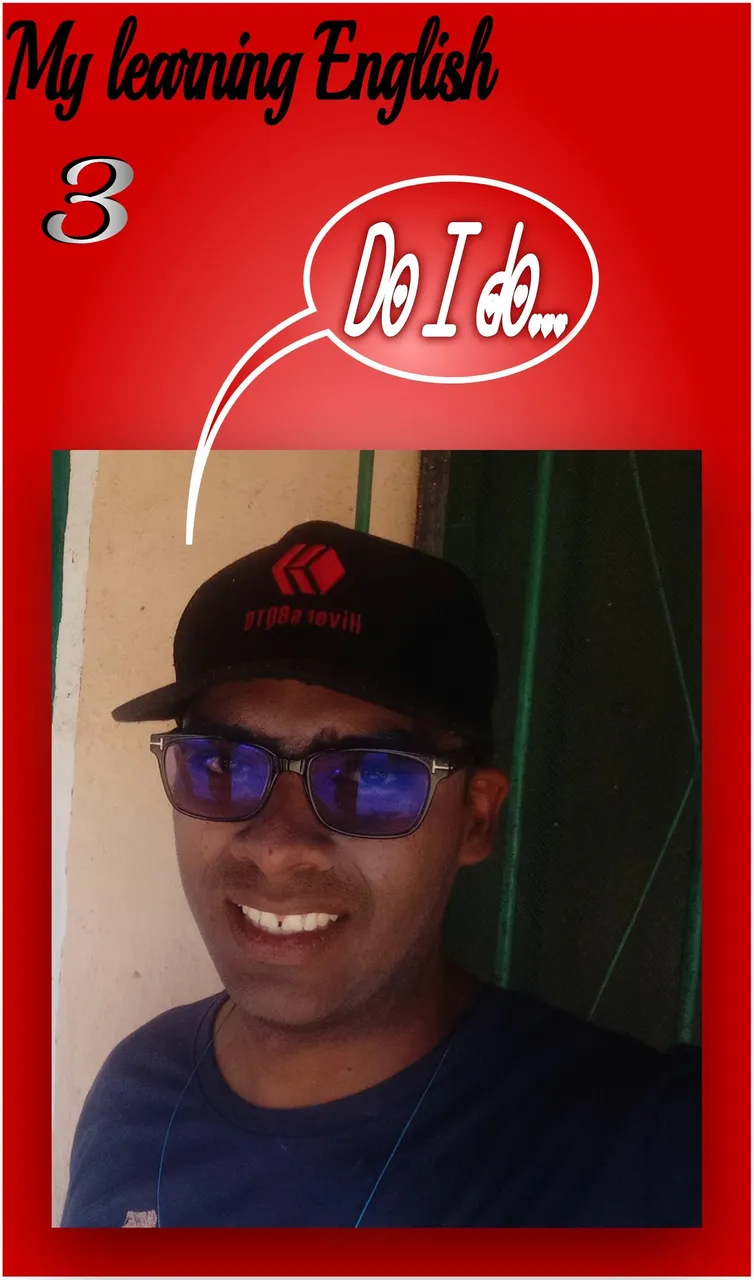
The simple present is very util, for example, either introducing or describing ourselves or others, for talking of our daily routine is useful as well. In whatever case, we have here a verbal tense that we can use in diverse occasions and situations. For that, however, there is at least two structure important we have to count. These are The Verb "To Be" and the use of "Do" and "Does" for the other verbs.
Verb "To Be" and the use of "Do/Does"
- About the verb "To Be" it is important to retain that each pronoun has its form particular, so: "I am, You are, He is, She is, it is, we are, and they are" We don't say "I are", but "I'm". Neither "we is" but "we are".
In the case of other verbs, we use essentially the following two rules:
The third singular person carries a "S" or "ES/IES" in some cases, this is when the verb end in: "ss, x, z, ch, sh, consonant + y". For example, we say: "I play soccer, and he plays baseball while she studies Spanish.", "We watch the Vikings series, she watches the Queen's Gambito miniseries".
In the negative and interrogative form, we add the "do" for the "I, You, We, and They" Pronouns and "Does" for the "She, He, and it". The formulas are:
=> Subject + don't/doesn't + verb + Complement
=> Do/Does + S + verb + Complement?
For example, "Do you drink a fresh drink? No, I drink a coffee cup", "Does it work well? No, it works with difficulty". We can note that when we use "Does" the "s" in the verb isn't necessary. Pay attention to this, because it's an essential tip for the English language, its grammar in particular, it's as the use of the pronouns together to all the verbs, this is essential as well unless we want to refer to the verb in the imperative form, that means we give instructions, orders or advice, such as: "Take a break and come back soon". The game "Simon Says" is a good practice for the imperative form verb.
Introducing members of the family
It's an interesting form of learning to introduce to someone besides ourselves. As a guide, we can use the following points: To say the name and the age, after to talk about the profession and hobbies. For example:
- Hi, my name is Jesus, and I am thirty and six years old, I am a priest with two licentiates: philosophy and theology, my hobbies are: learning languages and programming, 'cause this is a language class, hahaha. This is my mother, her name is Elsy, and she is sixty-one years old, she is a nurse, and she likes to watch movies. Does she like another thing? Yes, of course...
Describing people and their routines
It's another interesting form for practicing the simple tense. In the first case, describing people, we can refer to talk about their physical characteristics and do questions with the next structure:
What does + subject + look like?
- For example, What does my mother look like? Well, she is 61 years old, she has long black hair but not too, she has dark eyes, she is plump, medium-high and very smart.
In the second case, we can do a daily, with the basic activities we made during the day: We can go through some verbs referring to these actives: "to wake up", "to make the bed", "to drink", "to leave", "To arrive at work", "To run errands", "To Order food", "To go to sleep", etc. And better, in the singular person third.
- For example, She wakes up at 6:30 am, after she makes the bed she brushes her teeth, drinks a coffee cup, and leaves to work. She arrives at work, and she begins to do the priorities for the day, in the middle of the day she has her lunch, and runs some errands, finally, she finishes work at 5:00 pm. Then she goes shopping, visits some friends, and welcomes back at home around 8:00 pm when I order food, and we are ready to watch some movies and to go to sleep after that.




